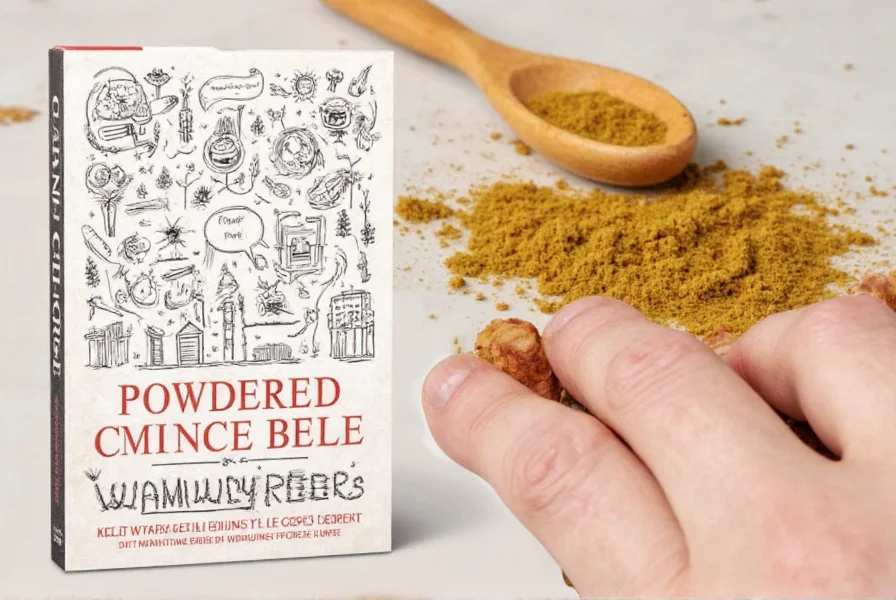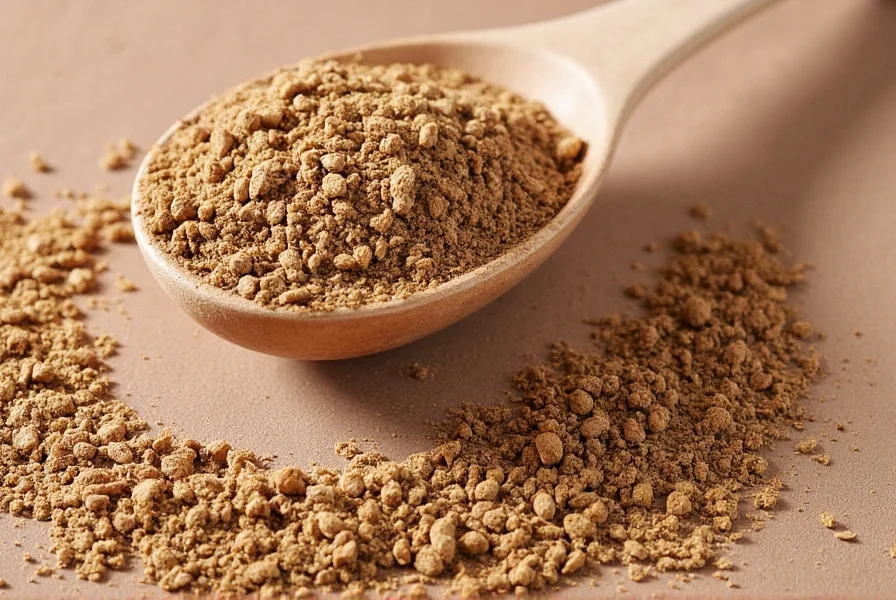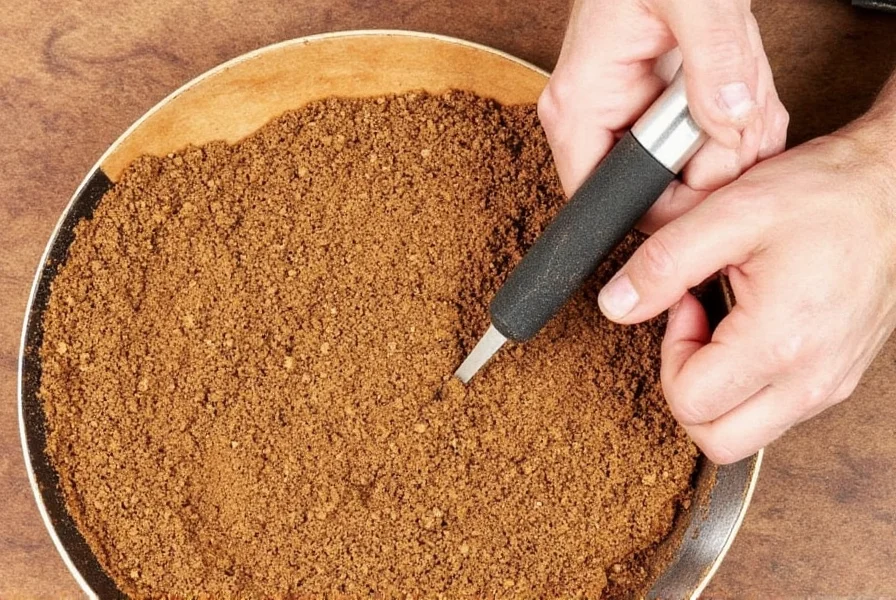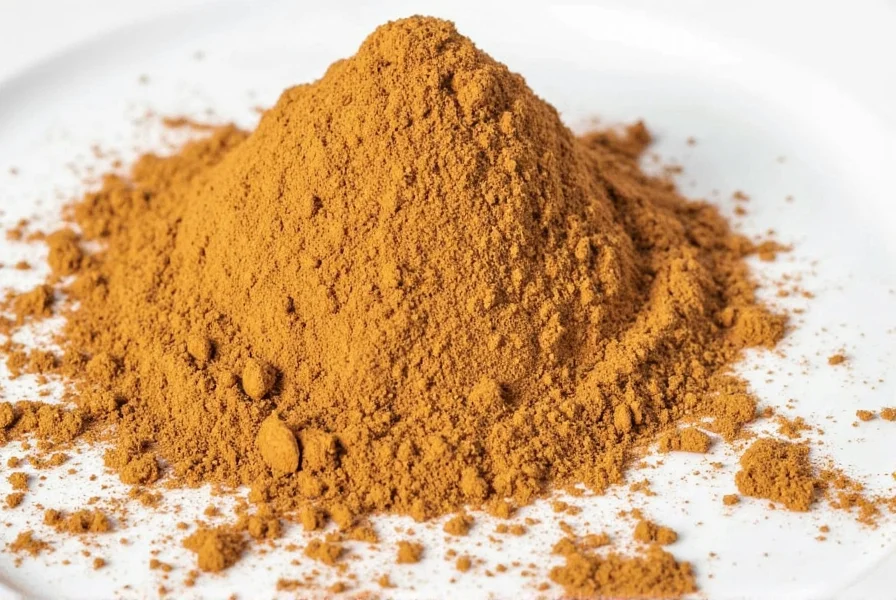What Is Powdered Pepper and How to Use It Properly
Powdered pepper refers to dried chili peppers that have been ground into a fine powder form. Unlike ground black pepper (which comes from peppercorns), powdered pepper varieties deliver distinct heat levels and flavor profiles ranging from mild and sweet to intensely spicy. The most common types include cayenne, paprika, chipotle, and ancho chile powders - each with unique culinary applications.
When used correctly, powdered pepper enhances dishes with depth, complexity, and controlled heat. The key is understanding which variety works best for your recipe and how to incorporate it at the right stage of cooking. This comprehensive guide covers everything you need to select, use, and store powdered peppers effectively.
Types of Powdered Peppers, Heat Levels, and Best Uses
Understanding the different powdered pepper varieties is essential for achieving perfect flavor balance in your dishes. Here's a detailed comparison of common options:
| Type | Heat Level (Scoville) | Flavor Profile | Perfect Pairings |
|---|---|---|---|
| Cayenne | 30,000–50,000 | Sharp, spicy, slightly bitter | Curries, hot sauces, egg dishes |
| Sweet Paprika | 0–500 | Mild, sweet, earthy | Deviled eggs, potato salads, rubs |
| Smoked Paprika | 0–1,000 | Smoky, rich, slightly sweet | Paella, roasted vegetables, BBQ |
| Chipotle Powder | 2,500–8,000 | Smoky, spicy, meaty | Chili, tacos, cornbread, marinades |
| Ancho Chile Powder | 1,000–2,000 | Fruity, chocolatey, mild heat | Mole sauces, stews, braises |
| Hatch Green Chile | Mild to Hot (varies) | Vegetal, tangy, grassy | Southwestern dishes, salsas, sauces |

Expert Techniques for Maximizing Powdered Pepper Flavor
Professional chefs use these evidence-based methods to get the most from powdered peppers:
- Bloom in Fat: Heat 1 teaspoon of powdered pepper in 1 tablespoon of oil for 30-60 seconds before adding other ingredients. This unlocks volatile flavor compounds and reduces raw bitterness.
- Timing Matters: Add early in cooking for mellow background heat, or at the end for bright, pronounced spice. Smoked varieties benefit from longer cooking to integrate flavors.
- Measure Precisely: Use measuring spoons rather than "pinches" - 1/8 teaspoon can make a significant difference in heat level.
- Pair with Acid: Balance intense heat with citrus juice or vinegar. The acidity counteracts capsaicin without diluting flavor.
- Store Properly: Keep in airtight containers away from heat and light. Powdered peppers lose 40% of potency within 6 months when stored incorrectly.
- Combine Varieties: Blend mild and hot peppers (like ancho and cayenne) for complex flavor with controlled heat.
- Test Before Committing: Mix 1/4 teaspoon with 2 tablespoons of your sauce base before adding to the entire dish.

How to Choose the Best Powdered Pepper: Quality Buying Guide
Not all powdered peppers deliver the same flavor quality. Use this guide to select premium products:
| Quality Indicator | Premium Product | Average Product | What to Avoid |
|---|---|---|---|
| Color | Vibrant, consistent hue | Slightly faded | Dull, uneven color |
| Aroma | Strong, distinctive scent | Mild fragrance | Little to no smell |
| Ingredients | 100% peppers | Peppers + natural anti-caking | Fillers, MSG, artificial colors |
| Texture | Fine, uniform powder | Slightly coarse | Clumpy, uneven |
| Origin | Specific region noted (e.g., Spanish paprika) | Generic "chile powder" | No origin information |

- Check Production Date: Freshness matters - look for "packed on" dates rather than just expiration dates.
- Consider Regional Authenticity: Authentic Spanish smoked paprika (Pimentón de La Vera) differs significantly from generic "smoked paprika".
- Buy Small Quantities: Purchase only what you'll use in 6-12 months for peak flavor.
- Specialty Retailers: For hard-to-find varieties like Kashmiri chili powder, seek specialty spice merchants.
Proven Powdered Pepper Recipes That Deliver Perfect Flavor
- Restaurant-Style Smoky Hummus: Blend 1 (15oz) can chickpeas, 2 tbsp tahini, 1 clove garlic, 3 tbsp lemon juice, 1/2 tsp smoked paprika, 1/4 tsp cumin, and 2 tbsp olive oil until smooth.
- Perfect Taco Seasoning (Makes 1/4 cup): Mix 2 tbsp chili powder, 1 tsp cumin, 1/2 tsp garlic powder, 1/2 tsp onion powder, 1/4 tsp oregano, 1/4 tsp paprika, 1/8 tsp cayenne (optional), and 1/2 tsp salt.
- Chipotle Honey Glaze: Whisk together 1/4 cup honey, 2 tbsp apple cider vinegar, 1 tsp chipotle powder, and 1/4 tsp salt. Perfect for salmon, chicken, or roasted vegetables.
- Mexican Chocolate Mole (Simplified): Combine 1/4 cup unsweetened cocoa, 2 tbsp ancho chile powder, 1 tsp cinnamon, 1/2 tsp cloves, 2 cups chicken broth, and 1 tbsp almond butter. Simmer 20 minutes.
- Cajun Roasted Vegetables: Toss 2 lbs mixed vegetables with 2 tbsp olive oil, 1 tsp paprika, 1/2 tsp garlic powder, 1/2 tsp onion powder, 1/4 tsp cayenne, salt and pepper. Roast at 425°F for 25-30 minutes.
Scientifically Proven Powdered Pepper Storage Methods
Research shows proper storage extends flavor potency by up to 50%. Follow these evidence-based methods:
- Temperature Control: Store below 70°F (21°C) - for every 18°F (10°C) increase in temperature, degradation rate doubles.
- Air-Tight Containers: Use glass containers with tight seals - oxygen exposure is the #1 cause of flavor degradation.
- Light Protection: Amber or opaque containers reduce light exposure which degrades capsaicinoids by 25% in 6 months.
- Moisture Prevention: Add silica packets to containers in humid climates to prevent clumping and mold.
- Freezer Storage: For long-term storage (beyond 12 months), freeze in airtight containers - maintains 90%+ potency for 2 years.
Test freshness by rubbing a small amount between fingers - fresh powder releases strong aroma immediately. Discard if little to no scent is detectable.
Frequently Asked Questions About Powdered Pepper
What's the difference between powdered pepper and ground black pepper?
While they sound similar, they're completely different spices. Powdered pepper refers to dried chili peppers that have been ground into powder (like cayenne, paprika, or chipotle), which provides heat and flavor. Ground black pepper comes from peppercorns and has a different chemical compound (piperine) that creates its characteristic bite. They're not interchangeable in recipes.
How long does powdered pepper last before losing flavor?
Powdered peppers typically maintain their best flavor for 2-3 years when stored properly in a cool, dark place with a tight-fitting lid. After this time, they don't necessarily go bad, but they lose potency and vibrant color. You can tell if your powdered pepper has lost its strength if it has a weak aroma or faded color.
Can I substitute fresh peppers for powdered pepper in recipes?
Yes, but with adjustments. As a general rule, 1 teaspoon of powdered pepper equals about 3-4 fresh peppers, depending on the variety and heat level. Fresh peppers contain moisture that dried powders don't, so you'll need to account for this in your recipe. For best results, taste as you go when making substitutions.
Is powdered pepper gluten-free?
Pure powdered pepper made from just dried ground peppers is naturally gluten-free. However, some commercial blends may contain anti-caking agents or other additives that could contain gluten. Always check the label if you have gluten sensitivities, and look for certified gluten-free products when necessary.
What's the hottest powdered pepper I can buy?
Ghost pepper powder (also called Bhut Jolokia) is among the hottest commercially available powdered peppers, with a Scoville rating of 800,000-1,000,000 units. Even hotter options include Carolina Reaper powder (1,400,000-2,200,000 Scoville units) and Pepper X powder (reportedly up to 3,180,000 Scoville units). Use these extremely hot powders with extreme caution!
How can I reduce the heat if I've added too much powdered pepper to my dish?
If your dish becomes too spicy, you can balance it by adding acid (like lime or lemon juice) or fat (such as sour cream, coconut milk, or avocado). Dairy products containing casein can help bind to capsaicin (the compound that creates heat). You can also increase the overall volume of your dish by adding more non-spiced ingredients. Remember that once added, you can't remove the heat, only balance it.
Can I make my own powdered pepper at home?
Absolutely! To make your own powdered pepper, dry fresh peppers completely (either in a dehydrator, oven on low heat, or air-dried), then grind them in a spice grinder or blender until fine. For best results, use a dedicated grinder for spices as pepper residue can be difficult to clean out. Store your homemade powder in an airtight container away from light and heat.
Mastering Powdered Pepper: Key Takeaways
Understanding powdered pepper varieties, proper usage techniques, and storage methods transforms ordinary dishes into extraordinary culinary experiences. By selecting the right type for your recipe, blooming it properly in fat, and storing it correctly, you'll maximize flavor impact while minimizing waste.
The most successful home cooks treat powdered peppers as precision ingredients rather than generic seasonings. When you understand the distinct characteristics of each variety and how they interact with other components in your dish, you gain complete control over flavor development and heat management. Start implementing these evidence-based techniques today to elevate your cooking to professional levels.











 浙公网安备
33010002000092号
浙公网安备
33010002000092号 浙B2-20120091-4
浙B2-20120091-4